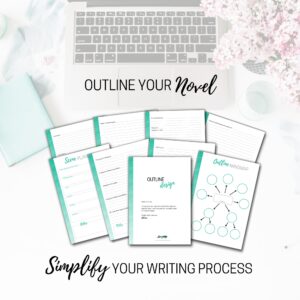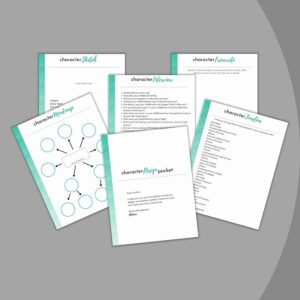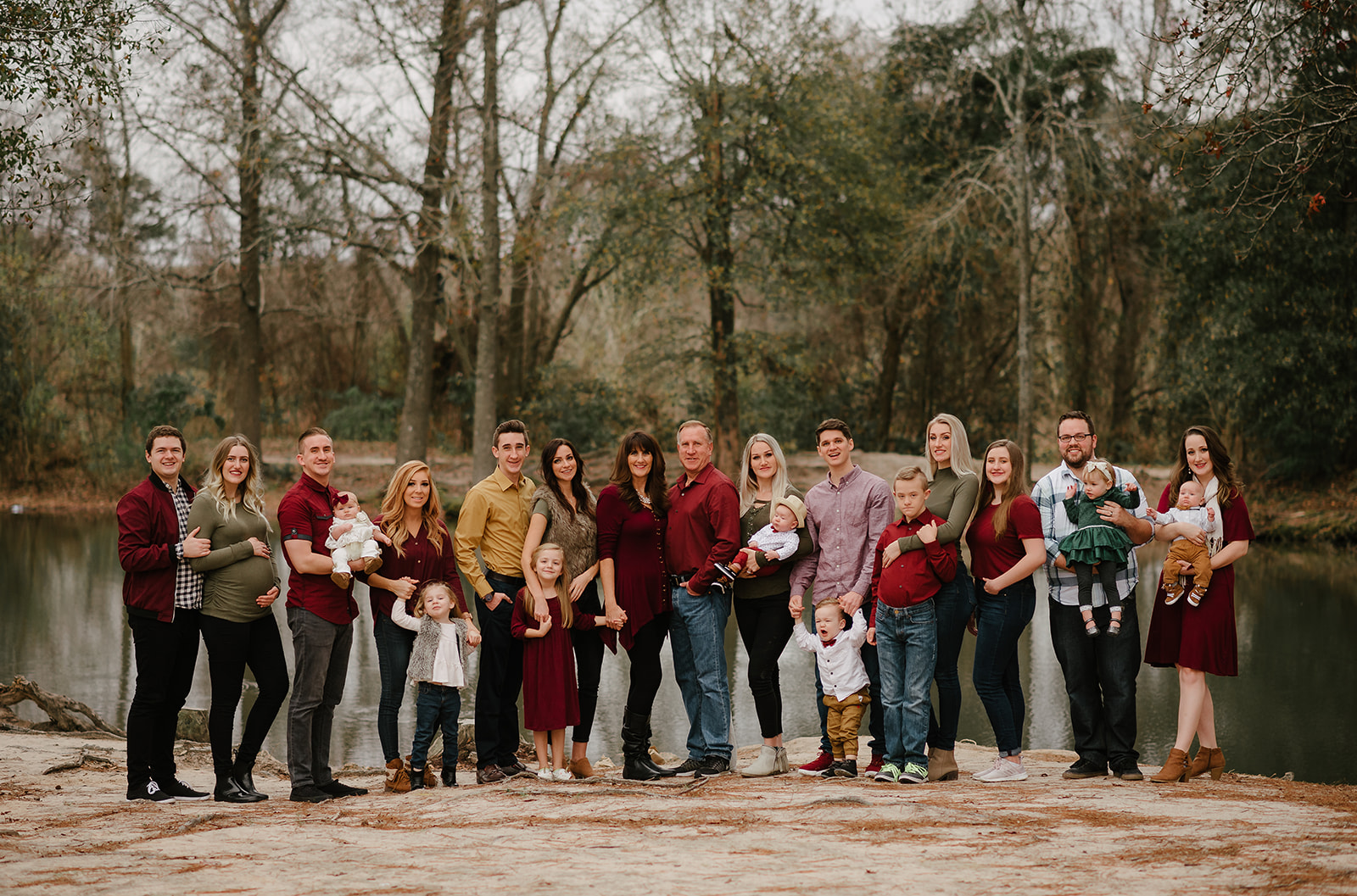
Writing Fiction: Definitions
You’ve been dreaming about writing a novel. You’ve thought about the characters, setting, and descriptions. When you finally get up the courage to begin writing your novel, you may be confused with all the jargon.
It’s important to understand some basic writing definitions in order to effectively write your story.
Definitions
Protagonist This is the main character, the character who changes throughout the story. The protagonist doesn’t necessarily have to be human, but the protagonist does need to grow and become different by the end of the story.
Antagonist This is what stands in the way of the protagonist accomplishing his story goal. The human antagonist doesn’t need to be a villain per se, only prevent the protagonist from obtaining his goal. The most interesting stories are those when the antagonist also has good qualities and may even struggle to fight the bad within him.
Plot The events that move the story forward toward its conclusion.
Story Goal The protagonist must have a goal. The goal must be important enough to the protagonist that he will sacrifice to obtain that goal. The goal must be obvious to the reader so that the reader will side with the protagonist in his attempt to reach his goal.
Conflict Each story must have conflict. Without conflict there is no story. Conflict may come in the form of man vs. man, man vs. himself, man vs. fate/God/the universe, or man vs. society. The conflict must affect the protagonist adversely.
Obstacles Closely related to conflict are the obstacles that the protagonist encounters on his path to reach his goal. Obstacles may be in the form of other people, time, the character’s own weaknesses, or anything else that prevents the protagonist from obtaining his goal.
Story Arc A fiction story must evolve, it cannot remain static. An entire book about mundane happenings would not provide interesting reading and probably wouldn’t even be published. The story must move forward and be active.
Scene A scene is moment-by-moment action. A scene includes everything that happens and brings the reader into the action of the story.
Sequel As opposed to a scene, sequel is the follow-up to a scene and is when events are only summarized. Long segments of time can elapse in a sequel and the reader doesn’t experience the action as he does in a scene.
Three-Act Structure Stories have a beginning, middle, and end. Effective stories follow a structure.
Climax When the conflict or tension reaches the highest point in the story it is the climax. The action throughout the story has been rising to this point and begins falling after the climax.
Resolution The resolution, also known as the denouement, happens after the climax when the story problem is solved.
Plot Point When the forward thrust of a story changes direction, it’s known as a plot point.
Setting Where a story takes places is known as the setting. This includes the place as well as the time (historical/contemporary/future). A story can be set in Egypt during the reign of Ramses or on a planet in another galaxy millions of years in the future.
Description How you present the details of the story is called the description.
Showing Allowing the reader to see a character’s emotion is known as showing. For example, “Alice stomped out of the room,” shows that Alice is angry.
Telling When the author tells the reader how a character feels. For example, “Joe was sad,” is telling the reader that Joe is sad.
Dialogue Tag What the author uses after a character speaks, such as “said,” or “asked,” or “shouted.”
Imagery How the author uses words to conjure up an image in the reader’s mind is called imagery.
Voice How an author uses words to tell the story is known as voice.
Pacing The way the story flows is known as pacing. In some genres, such as mysteries or thrillers, the pacing is different than in other genres, such as romance or historical fiction.
General Idea
It isn’t necessary to have an in-depth understanding of these definitions before you begin writing a novel, but it’s helpful to have a general idea of what they mean.
The more you understand the mechanics and what makes a story a story, the more likely you will write a novel that will be fit for publication.
Since self-publishing has become popular, anyone can publish a book. And many people do. Unfortunately, many writers don’t have a grasp on writing fundamentals and it shows in their books.
Study the Craft
Those who take the time to study the craft and understand the mechanics and process of writing create books that are easier to read and are more enjoyable. I’ve read books with too many grammatical and spelling errors as well as a misunderstanding of characterization and plot. The result? I don’t finish the book and I don’t read that author again.
The time you invest in learning and honing your skills as a novelist will benefit not only you, but also your readers. And readers will become fans when they find an author whose books resonate with them.
Be that author!
***Have you received my FREE course: Become an Idea Factory? You can click here to learn more about it. It’s a 7-day course delivered right to your inbox that helps you learn how to generate ideas. I know these techniques work because I use them! Find out more here.
***Do you need help organizing your ideas for your novel? I have developed an Outline Design Packet to help other writers organize their thoughts and arrange scenes so they don’t have to interrupt their writing time. This is what I use to outline my books.

***If you need some help creating your characters, download my free Character Design Packet here. It will help you create compelling, unforgettable characters that will make your story come alive.

***Need help writing your first chapter? Check out my course: Writing a Fantastic First Chapter.
In this course, Writing a Fantastic First Chapter, you will learn what components you need to include in your first chapter to hook readers. With examples and assignments, you will put into practice what you learn and you can ask questions all along the way. A first chapter checklist, a character sheet, and a character interview are all included as downloads.
Don’t try to write a first chapter in the dark. This course will shine the light on what elements you need to help you navigate writing the all-important first chapter, so you can win over readers.
***Do you already have a manuscript? If you can’t afford an editor, you might be interested in Pro Writing Aid Writing Software. This writing software helps you improve your writing to be the best it can be. It’s like having your own private editor for a fraction of the price. You can try it for free for 2 weeks. You can click here to learn more about it.
***This post may contain affiliate links which may compensate me with no additional cost to you.





